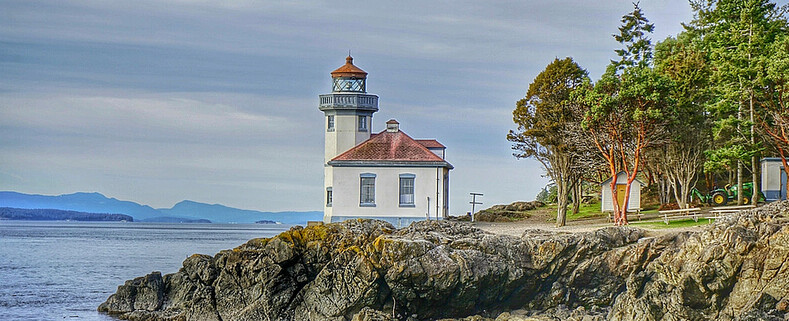 |
| Copyright Puget Exposure Photography |
In 1994, the bald eagle was reclassified from "endangered" to "threatened" in the lower 48 states. There are currently about 4,500 nesting pairs and 20,000 total eagles in the lower 48 states. Although they have made an encouraging comeback, only public awareness of their situation, strict enforcement of protective laws, preservation of their habitat and support for environmental conservation programs can ensure a successful future for our national symbol.
 |
| Copyright Puget Exposure Photography |
The 8,000-acre Skagit River Bald Eagle Natural Area is dedicated to habitat protection, conservation and educational efforts. This special area is an example of the Forest Service working with the Washington Department of Fish & Wildlife, The Nature Conservancy and other partners to conserve natural resources along the river.
Bald eagles are seen from late December through early February. During this period the Eagle Watchers Program, sponsored by the Forest Service and North Cascades Institute, provides hosts at designated sites along the river who assist with viewing these magnificent birds. You can also learn more at the annual Upper Skagit Bald Eagle Festival or at the Skagit River Interpretive Center.
TIPS FOR HEADING OUT AND SPOTTING BALD EAGLES
1. DO plan on arriving early. Bald eagles are most active in the early morning hours. The best time for eagle watching is from sunrise to 11 am when eagles feed along the area’s rivers. In the afternoons they may be seen catching updrafts and soaring ("kettling") overhead. They leave the river in late afternoon to congregate in night roosts in sheltered timber areas nearby.
2. DO keep noises low and movements slow. Winter is a difficult time for eagles. They need to conserve energy to keep warm and flying burns up energy. It is important that they are not startled or frightened into flight. DO obey all signs regarding Eagle Rest Areas.
3. DO call a Visitor’s Center to find out if eagles have been spotted and where they are most active. For the Skagit River region call 360-853-7626. or visit their website at Skagiteagle.org
4. DO check the weather. Eagles like clear, cold mornings. Eagles will roost on rainy days and will be found soaring on windy days. More eagles will be seen when the rivers are frozen than when the water is clear.
5. DO dress accordingly. Wear layers so you can shed your outer clothing as the day heats up. Bring a hat or earmuffs for your head and gloves or mittens for your hands. Comfortable shoes are recommended.
6. DO bring binoculars or a spotting scope. If using a scope, a tripod is useful. Eagles fly amazingly close to the Great River Road, but even a small pair of binoculars can dramatically enhance your experience.
7. For photographs, keep the sun to your back or to your side and use a telephoto lens.
8. DO be patient. You are more likely to see eagles if you have time to spend.
9. DO observe proper eagle watching etiquette. Many people use the area’s single lane roads to get from here to there as promptly as possible. If you're admiring the view at twenty miles per hour, pull over when someone's behind you. DO respect private property. Use public areas along the river and be courteous to local land owners. DON'T park on narrow highway shoulders. There are many parking areas along the area routes for parking. DO remember to buckle up. State law enforcement officers vigorously enforce the Click It or Ticket program.
10. The bald eagle is protected by a number of state and federal laws, each with stiff penalties. For example, the Eagle Protection Act, which protects bald and golden eagles, combined with the Criminal Fines Improvement Act of 1987, can cause violators to spend two years in jail or be fined up to $10,000 on a misdemeanor charge. It is illegal to pursue, harm, harass, take or attempt to take, possess, sell, purchase or transport either eagles, eagle pans or their eggs without a permit. If you find a feather, look at it, take a picture, but do not pick it up.
Puget Exposure Photography provides this photo for the public to view. Media requiring a high-resolution version of this or a similar photo for publication should contact me. Users may not manipulate or use this photo in commercial materials, advertisements, emails, products, or promotions without licensed permission. Please do not use my images on blogs or websites without my permission. Contact me if you would like to license and image. Thank you.
















